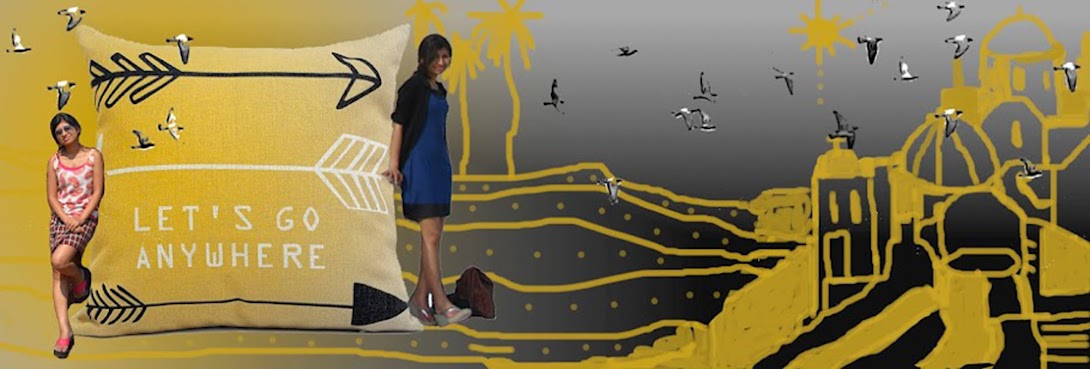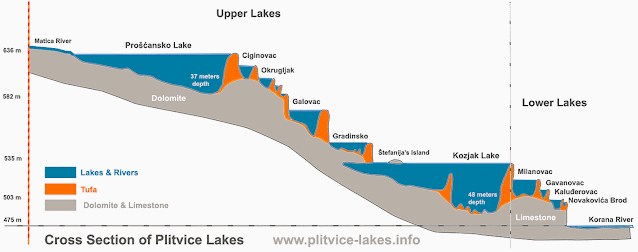 |
| Gurudwara Sahib Teesri Udasi, Tawang - Perhaps the second highest Gurdwara in the world at 13000 ft above sea level after Hemkund Sahib in Uttarakhand |
We had no clue about the Gurudwara when we started out from Tawang towards Shungetsar Lake but it was not easy to miss. High up in the mountains, even in the mist, it stood out, almost inviting. It had a mystical allure. While it looks almost inaccessible, there is a motorable path up to a certain point, and then it's a long climb up the mountain to the shrine. Perhaps, this is also the only cave gurudwara built by cutting into the mountains away from the madding crowds - quiet and serene.
Drive from Tawang up to the motorable point takes about an hour. The lake is about 30 minutes from there. Bum La Pass, one of the highest motorable passes in the world on the Indo-China border is about 30 km from here. The Gurudwara is maintained by the Indian Army.
The Udasis of Guru Nanak
Udasi means journey. In the 1500s Guru Nanak went all across the world to explore, learn, and spread his divine knowledge. His journeys are chronicled as the five Udasis or the five divine journeys.
The first Udasi lasted for about 7 years and he went to various places including Benaras, Kamrup, Sialkot, and Nainital to name a few.
The second Udasi was for 7 years and this time he went south to Srilanka.
The third Udasi which lasted 5 years took him on a journey to Kashmir, Tibet, and Nepal among other places. He went to Tibet twice during those 5 years. On his way back from Tibet, he journeyed across to India through the route of Bum la Pass. It is said he spent many days in the mountains where the Gurudwara Teesri Udasi was built.
The fourth Udasi lasted for 3 years and this time he traveled far to Mecca and the Arabian countries.
The fifth Udasi lasted for 2 years. He spent these two years around Kartarpur and Punjab.
Source of information:
link
 |
| It's a 200 m trek up to the Gurudwara |
 |
| Shungetsar Lake |




















































